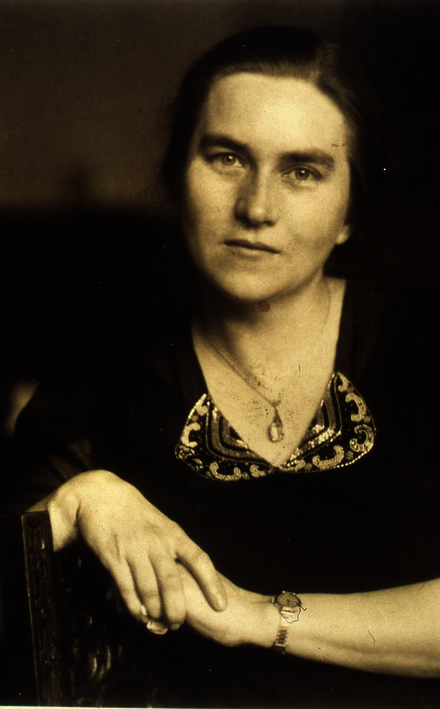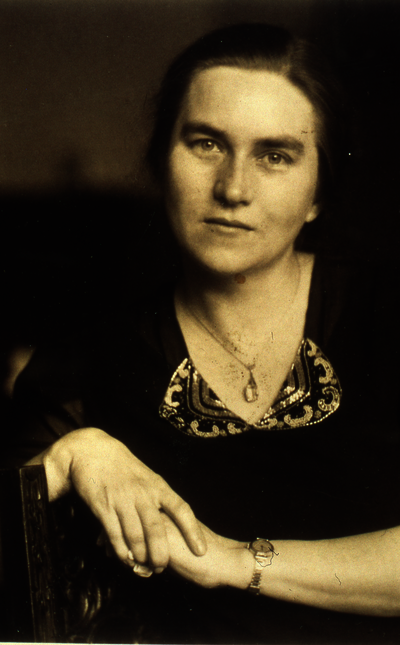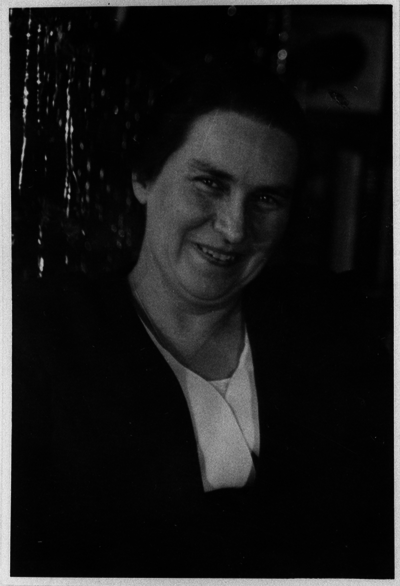Katharina Staritz
born 25.07.1903 Wrocław, Silesia
died 03.04.1953
Profession Vicar
Last place of residence Marburg on the Lahn
Biographie
Katharina Staritz was born in Wrocław on 25 July 1903. After graduating from a secondary school for girls, she began her studies in theology in Wrocław and Marburg in 1924. After her second theology exam, she was trained as a vicar in Wrocław between 1932 and 1938. She was responsible for youth and women's work, the lessons for new converts as well as pastoral care at the University Children's Hospital. In April 1938, she was appointed as the city vicar for the church district of Wrocław; from November 1938, she was a vicar in the St. Magdalene Church.
As a city vicar, Katharina Staritz advocated for the Jews in the congregation. She was responsible for baptism lessons and supported them in the process of emigration. By 1941, she was able to save about 100 Jewish people. One of lives she saved was that of a Jewish girl, Brigitte Schatzky, who was able to go to England with the last child transport thanks to Katharina Staritz's support. Brigitte's father had previously been murdered during the November pogroms. The Gestapo soon became aware of the relief efforts and began observing and monitoring Katharina Staritz's church services. On 12 September 1941, she published a circular addressed to all the parish offices in Wrocław. In it, she addressed the police regulation in the Reichsgesetzblatt dated 5 September 1941 on the wearing of the Jewish star. Katharina Staritz wanted to prevent that converted church members would be excluded from attending church services based on this identifier. Shortly after the publication of this circular, she was removed from all of her posts by the Protestant Consistory, after which she went to Marburg. In February 1942, a Nazi article inciting hate against her appeared in "The Black Corps" (Schwarzer Korps). About two weeks later, she was taken into "protective custody" in Marburg and arrived at the Breitenau "work education camp" (AEL) in April 1942. She was imprisoned here until June 1942. During her imprisonment, she mainly worked at the Braun company in Melsungen. Unlike most of the other Breitenau AEL prisoners, she was treated quite well, although her cardiac insufficiency caused her problems. In June 1942, Katharina Staritz was deported to the Ravensbrück women's concentration camp, where she would remain until May 1943. There, she worked in the sewing barracks and a fur sewing workshop. She lived in a block for political prisoners and advocated for other women. In doing so, she wrote letters for her fellow prisoners and shared her food with them. In May 1943, she would be released with reservation. Back in Wrocław, she had to report to the state police headquarters twice a week. In January 1945, she finally managed to flee from Wrocław to Hesse.
After the war, she took over a parish representation in Albertshausen in Waldeck until 1949 and then became a civil servant in the department for women's work in Frankfurt am Main, where she worked in the St. Catherine parish. Katharina Staritz died of cancer on 3 April 1953. Later, a street in Bretten near Karlsruhe was named after her. In addition, her life was documented in a biography by Gerlind Schwöbel.





